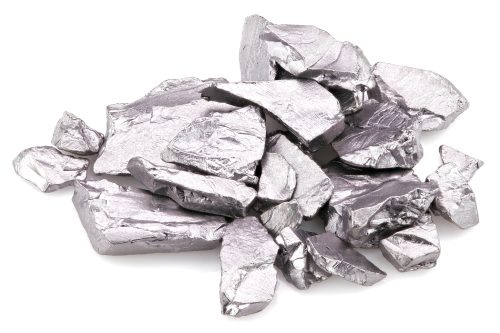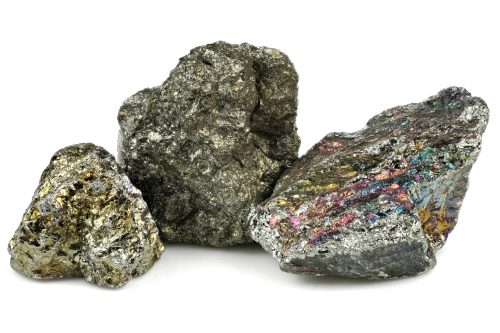Tantalum and niobium are two chemical elements that belong to the group of transition metals in the periodic table. They have many similarities in their physical and chemical properties, but also some notable differences. Here we will compare and contrast these two elements and explore their applications and uses.

Similarities
Tantalum and niobium are both soft, ductile, and lustrous metals with high melting and boiling points. They are also highly resistant to corrosion by acids and have good thermal and electrical conductivity. They have similar atomic structures, with only one electron difference in their outermost shells. They are often found together in nature, in minerals such as columbite, tantalite, pyrochlore, and loparite. They are also difficult to separate from each other due to their similar chemical behavior.
Both elements have a wide range of applications in various industries. They are used as additives or alloys in steels and superalloys to improve their strength, toughness, ductility, and resistance to high temperatures and corrosion. They are also used in capacitors, which are electronic components that store electric charge and energy. Tantalum capacitors have a high capacitance per volume and are widely used in portable devices, computers, and automotive electronics. Niobium capacitors have a lower capacitance but a higher voltage rating and are used in power supplies and converters.
Both elements also have some specialized uses that exploit their unique properties. For example, niobium-tin alloys are used as superconducting magnets for medical imaging devices, particle accelerators, and fusion reactors. Tantalum pentoxide is used as a coating material for glass lenses with a high refractive index, which enhances their optical performance.

Differences
Despite their similarities, tantalum and niobium also have some significant differences in their physical and chemical properties. For instance, tantalum is much denser than niobium, with a density of 16.65 g/cm3 compared to 8.57 g/cm3 for niobium. Tantalum also has a higher melting point (2996 °C) and boiling point (5425 °C) than niobium (2477 °C and 4744 °C respectively). Tantalum is slightly harder than niobium, with a Mohs hardness of 6.5 versus 6 for niobium.
Another difference between the two elements is their availability and price. Tantalum is much rarer than niobium, with an estimated crustal abundance of 2 ppm versus 20 ppm for niobium. Tantalum is also more expensive than niobium, with raw ore prices sometimes reaching ten times the price per pound of niobium ore. The supply of tantalum is also more volatile than that of niobium, due to political instability and environmental issues in some of the major producing countries such as Congo, Rwanda, Brazil, and Australia. It’s important to note that responsible tantalum suppliers such as Admat do not supply metals that originated in conflict areas such as the Congo unless the raw materials meets the stringent conditions determined by the RMI (Responsible Minerals Initiative) and the RMAP (Responsible Minerals Assurance Process). This program ensures responsible sourcing of ore in high risk and conflict areas and supports local economies. https://www.admatinc.com/resources/raw-materials-ethics-policy/
Tantalum and niobium are two remarkable elements that share many similarities but also have some distinct differences. They have a wide range of applications in various fields such as metallurgy, electronics, optics, medicine, and science. They are both valuable resources that contribute to the advancement of technology and human welfare.

